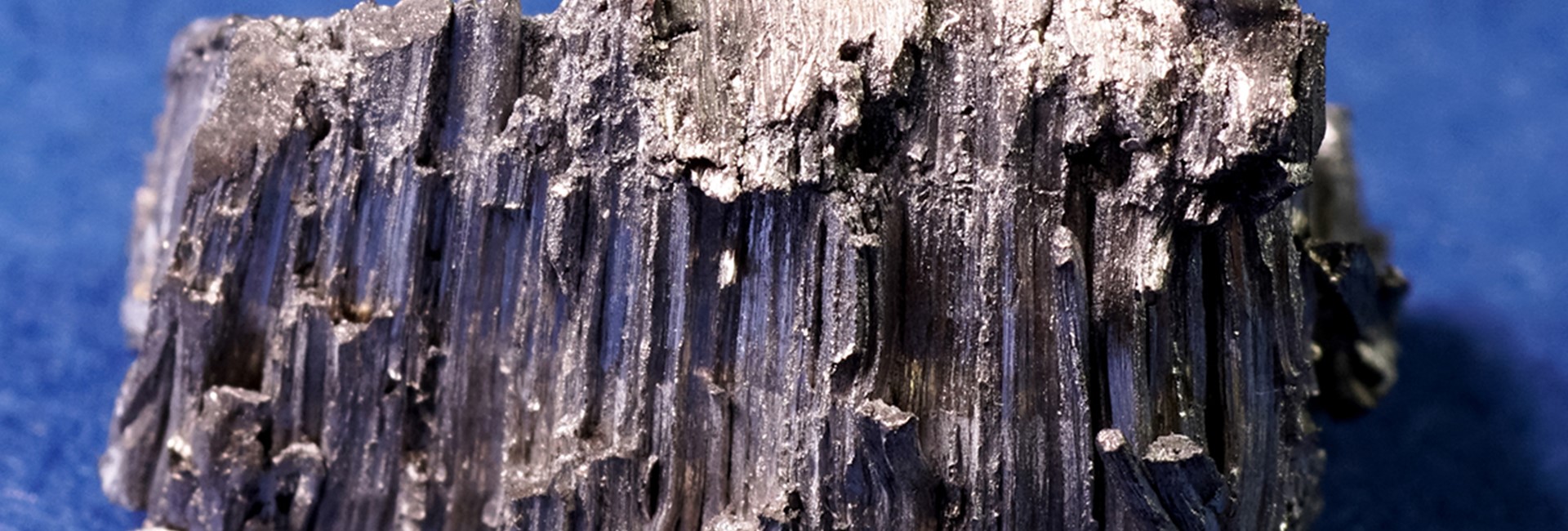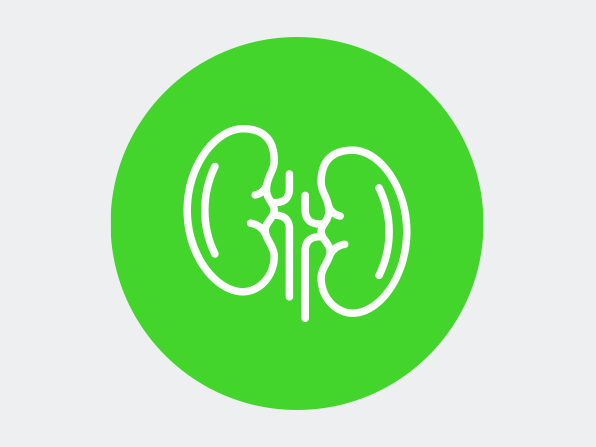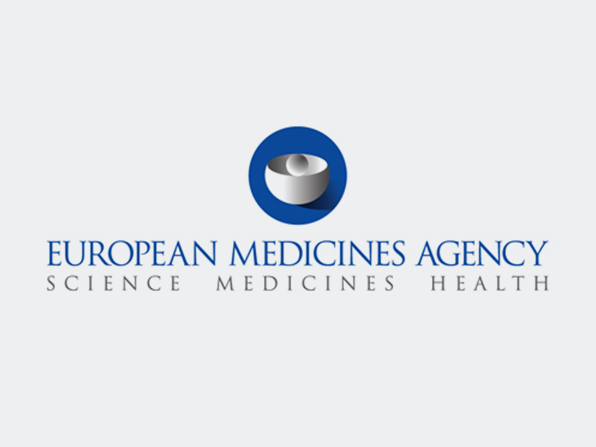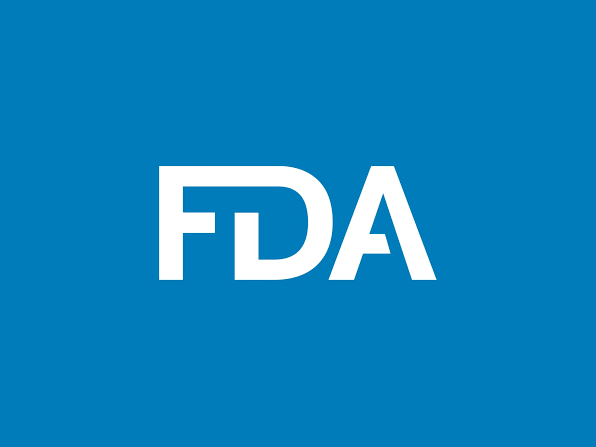
References
- Lancelot E. Revisiting the pharmacokinetic profiles of gadolinium-based contrast agents: differences in long-term biodistribution and excretion. Invest Radiol. 2016;51:691-700.
- Lancelot E, Raynaud JS, Desché P. Current and future MR contrast agents: seeking a better chemical stability and relaxivity for optimal safety and efficacy. Invest Radiol. 2020;55:578-588.
- Thomsen HS, Morcos SK, Almén T, et al. Nephrogenic systemic fibrosis and gadolinium- based contrast media: updated ESUR Contrast Medium Safety Committee guidelines. Eur Radiol. 2013;23:307-318.
- European Medicines Agency. Assessment report for gadolinium-containing contrast agents. https://www.ema.europa.eu/en/documents/referral/gadolinium-h-31-1097- assessment-report_en.pdf. Accessed March 30, 2022.
- U.S. Food and Drug Administration. FDA alert: gadolinium-based contrast agents for magnetic resonance imaging (marketed as Magnevist, MultiHance, Omniscan, OptiMARK, ProHance). https://www.ncbi.nlm.nih.gov/books/NBK23234/bin/FDAHP.pdf. Accessed March 14, 2022.
- European Medicines Agency. Gadolinium-containing contrast agents. https://www.ema.europa.eu/en/medicines/human/referrals/gadolinium-containing- contrast-agents-0. Accessed March 30, 2022.
- Endrikat J, Dohanish S, Schleyer N, et al. 10 years of nephrogenic systemic fibrosis: a comprehensive analysis of nephrogenic systemic fibrosis reports received by a pharmaceutical company from 2006 to 2016. Invest Radiol. 2018;53:541-550.
- U.S. Food and Drug Administration. FDA drug safety communication: FDA warns that gadolinium-based contrast agents (GBCAs) are retained in the body; requires new class warnings. https://www.fda.gov/drugs/drug-safety-and-availability/fda-drug-safety- communication-fda-warns-gadolinium-based-contrast-agents-gbcas-are-retained-body. Accessed March 30, 2022





